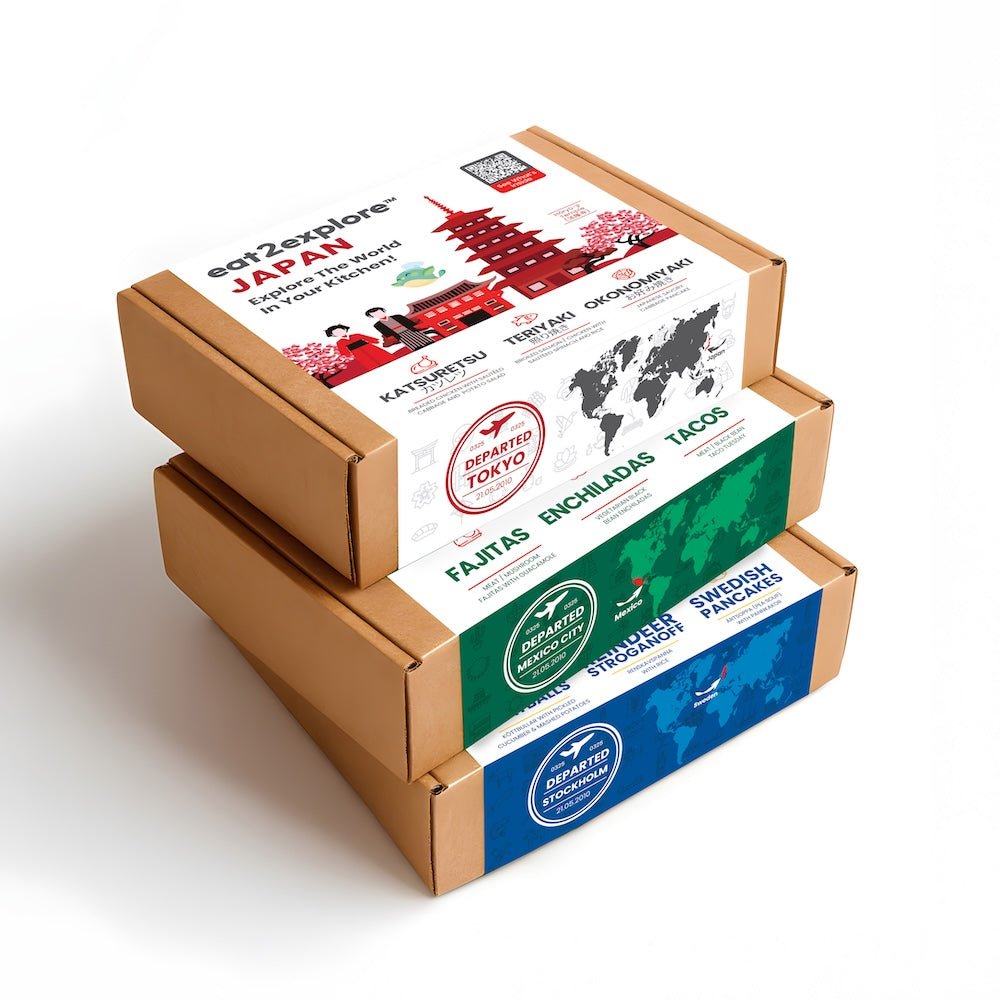The aji amarillo has been called a must-have ingredient in Peruvian cuisine and is included in quite a few national dishes.
Let’s find out more about this sunny yellow pepper and other members of the pepper family.

Aji amarillo means “yellow pepper” in Spanish. Peruvian cooks use it, along with garlic and red onion, in many of their recipes.
Although the amarillo version is the most popular, there are many other kinds of peppers grown and used in Peru.
Why is Aji Amarillo So Popular?
Cooks love the aji amarillo because it gives a little heat to a dish without being TOO hot, plus it has a sweet, fruity flavor.
Since this pepper is grown in Peru, it’s not always easy to find it in other countries.

Fortunately, you can find them in the frozen section of your grocery store. Or you can buy the pepper in paste form.
We include the aji amarillo in the Lomo Saltido sauce packet so you can taste for yourself the delicious Peruvian pepper!
The Pepper Family
All peppers are grouped under the scientific family called capsicum (KAP sih come) and are technically berries.
Other surprising fruits and vegetables that are actually berries include bananas, kiwis, tomatoes, eggplants, and pumpkins!
Interestingly enough, according to botanists, some fruits we call berries aren’t berries at all. Strawberries and blackberries are something else, but we’re fine calling them berries.
Back to the pepper family.

Peppers have been grown for food for over 5000 years! In that time, plenty of varieties have appeared on the food scene.
Peppers can range from sweet, such as bell peppers, to super-hot versions like the habanero or the ghost pepper.
How hot is a hot pepper?
Whether you like a little heat or a lot in your food, peppers have you covered. But how is the level of heat measured?
Well, back in 1912, a pharmacist in the US named William Scoville developed a scale to measure the capsaicin (kap SAY sin), or heat-producing compound in the peppers.
Not everyone is equally sensitive to capsaicin, which is why some people can chomp hot peppers like potato chips and others go running for the milk after eating a jalapeno.
Scoville dried his test peppers, then dissolved the powder in alcohol and added sugar water.
Five very brave souls then sipped the water and noted if they felt any “heat”. Then Scoville continued to dilute the sample until at least three didn’t notice any effects.
Based on their responses, Scoville then assigned “units” to the peppers, now called Scoville Heat Units, or SHU.
Nowadays, the amount of capsaicin in a pepper is determined by using scientific measurements, but the SHU are still used to describe how hot a pepper is.
Here are some of the most common peppers used in cooking and their SHU:
- 0-100 Bell pepper and pimiento
- 1000-2500 Poblano
- 2500-10,000 Jalapeno
- 25,000-50,000 Cayenne and aji amarillo
- 50,000-100,000 Thai chili pepper
- 100,000-350,000 Habanero
- 750,000-1,500,000 Ghost pepper (yikes!)
Peppers – awesome flavor for delicious dishes
Many of the recipes at eat2explore call for peppers from fresh to dried to included in our spice and sauce packets so you can discover a world of flavor for yourself!
Check out the Peruvian dishes that use the aji amarillo in our Peru box!







